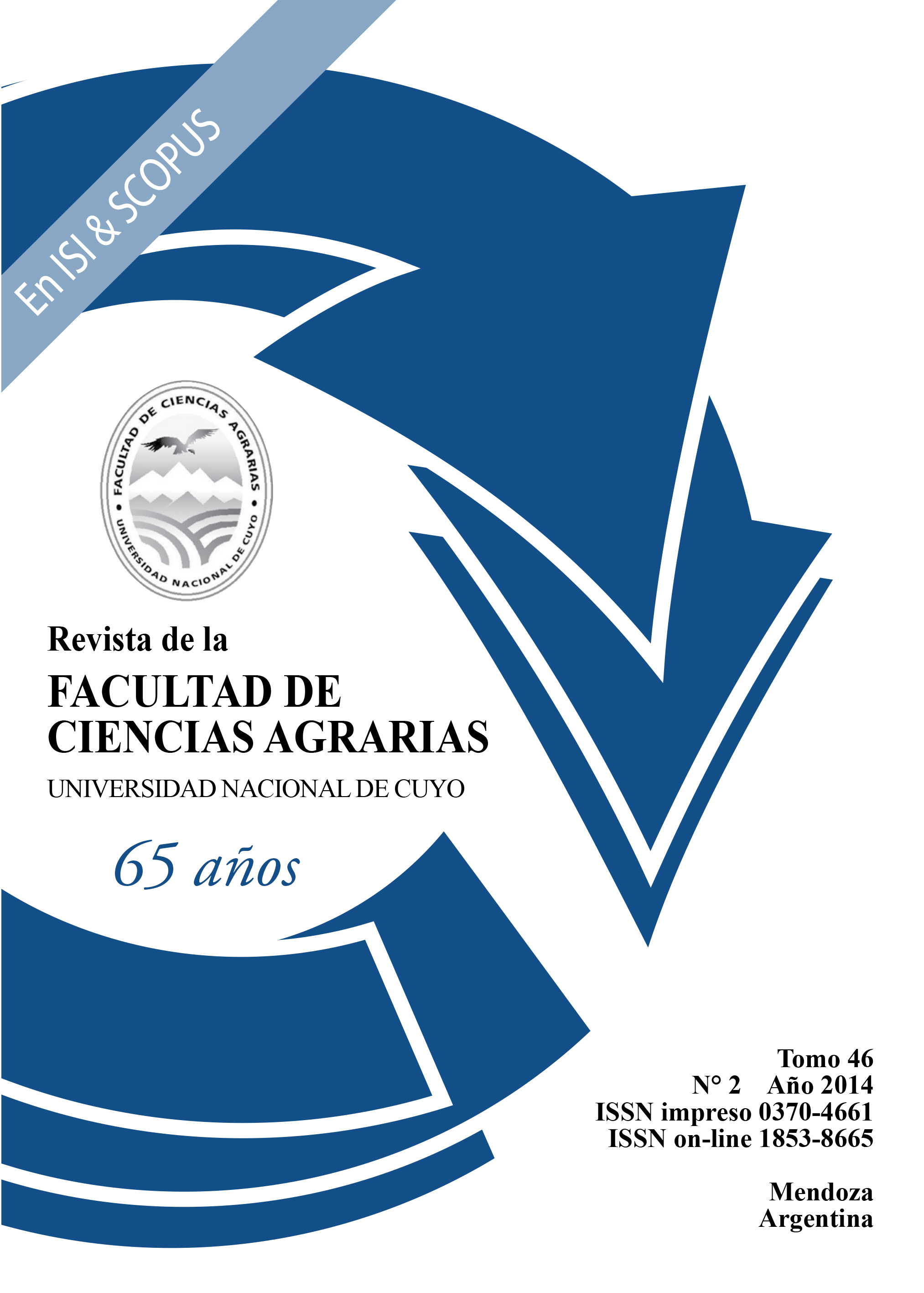Stubble rice (Oryza sativa L.) in direct sowing systems: handling alternatives
Keywords:
mineralization, spreaders, harvestersAbstract
The main purposes of this study were to: a) Find out how tools (deflectors, spreaders and choppers) can be used best for improving mineralization of stubble from harvesting rice (Oryza sativa L.) grown under direct sowing and b) Determine, for short periods, the amount of crop residues deposited on the surface and its mineralization time with various management techniques. The treatments were: harvester with spreader (T1DD), harvester without spreader (T2SDT), harvester with rubber centrifugal spreader (T3DC) and harvester with metal spreader (T4DM). Implemented alternatives: a) rotary weed cutter b) blade roller and c) burning crop residues. In the first two alternatives, three doses of urea were applied. The main results were: a) The harvester without spreader (T2SDT) deposited more material in the center of the tail (21680 kg ha-1), b) when distribution of crop residues from the (T3DC) was more uniform compared with the other treatments. The main conclusions were: 1) the rubber centrifugal spreader and metal spreader produced better distribution of the stubble, 2) The use of rotary weed cutter or blade roller on stubble distributed by harvesters T3DC and T4DM treatments caused accelerated mineralization of the same, 3) Urea doses caused little increase in mineralization of the rice stubble.
Downloads
Published
Issue
Section
License

This work is licensed under a Creative Commons Attribution-NonCommercial-ShareAlike 3.0 Unported License.
Aquellos autores/as que tengan publicaciones con esta revista, aceptan las Políticas Editoriales.



